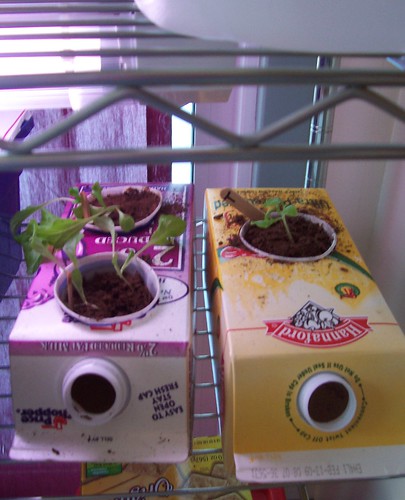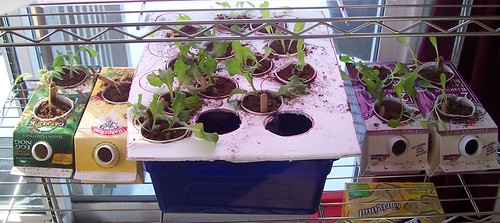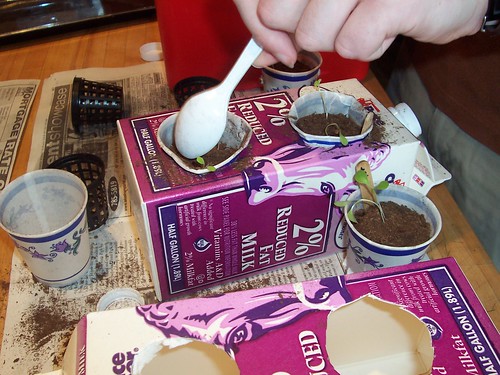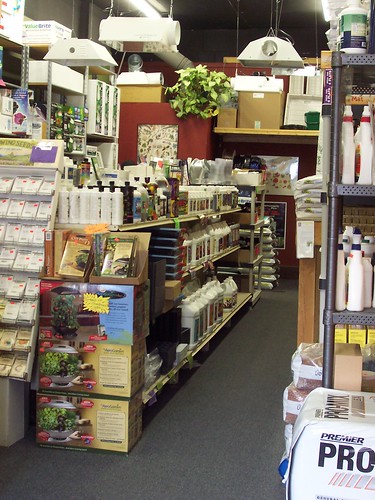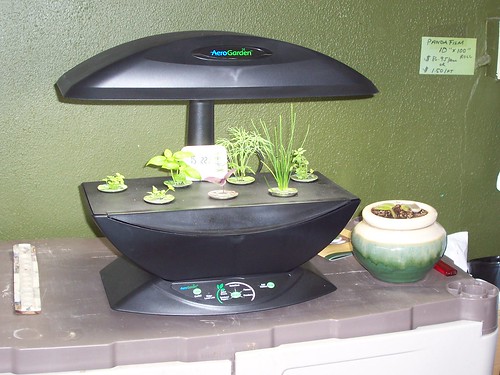1. The original containers and the paper cups we were using to hold the seedlings became moldy. We moved the plants back into the plastic cages and changed the containers.
2. We have been testing the pH of the water regularly. After our visit to a local hydrofarm (to be described soon), we've been trying to keep it to 5 or 6. We have been adding vinegar or aspirin to bring it down. This seems to be working.
3. Both lettuce and tomatoes continue to grow rapidly. However, they are kind of floppy.A look at the nutrient mixture we are using (Formula X) found no calcium among the listed ingredients.
We called the company and was told that "not everything is listed." But given how weak the plants are, we are going to look for a calcium supplement to add. Calcium nitrate -- saltpeter, which I didn't manage to find when doing chemistry last year! -- seems to be what we need. We'll have to try the hydroponics shop again...Plants need about 16 different essential elements for optimum growth. Macronutrients, which are ordinarily found in soil, are needed by plants in rather large amounts. (Hydrogen, oxygen, and carbon are also necessary in large amounts, but are available to plants from the air and water.) The following are essential macronutrients:












